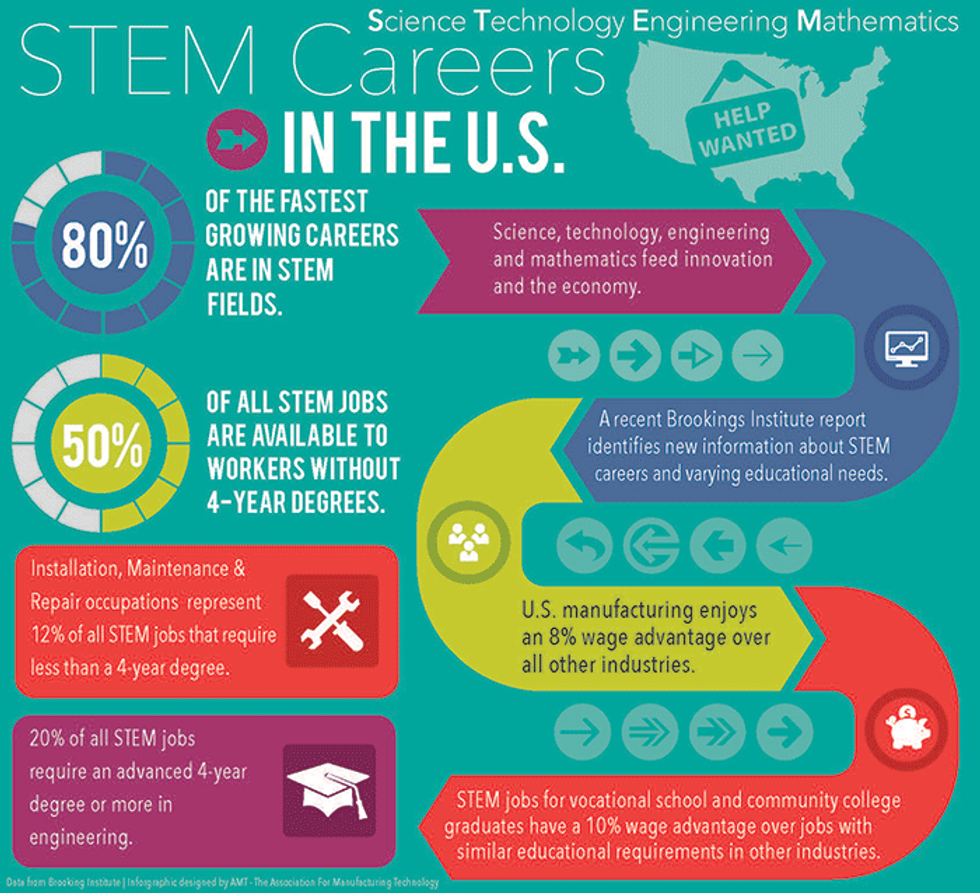It's no revelation that STEM people are incredibly important to the global economy and that they engage in work that is crucial to the progression of humanity. So why is it that STEM attrition exists in colleges and so many students find it difficult to pursue or finish a STEM degree? Where is the educational support for students who wish to enter a STEM field if we value these careers so highly? In a recent report produced by the Mohawk Valley Regional Economic Development Council, findings showed that the region could potentially be the East Coast response to Silicon Valley. Many technology companies have set up shop in the area because of its abundant water resources and diverse population. Nanotechnology, in particular, stands to become a major presence in the Mohawk Valley. This summer, I have had the privilege to work in the Mohawk Valley with the Utica Children's Museum on their newest endeavor - a Maker Space for children that will expose them to the world of STEAM (Science, Technology, Engineering, Art, Mathematics).
The idea behind it all is this: children come to the museum and engage in fun, hands-on projects that are rooted in simple engineering concepts which allow them to create, invent, implement, and discover. These kids will be absorbing all of this knowledge on STEAM and not even realize it because it does not appear as outwardly instructional or educational. However, the hope and the dream is that these children will grow to love STEAM and stick with it throughout school and choose careers in those fields. Thus, instead of moving out of the Mohawk Valley because there are little to no opportunities for them, they will be able to stay in the region and increase economic prosperity.
As a future educator, I have hope in programs like the ones children's museums provide because they are the filling a role that schools alone cannot. If we want students to pursue STEAM careers and become the potential workforce that our society needs, we need to promote these kinds of programs in classrooms and in communities. Children hearing that STEAM education is important from their teachers or parents is not enough, it has take the form of something fun and exciting for kids to really want to get involved.
And while the infographics I have included do not include the Arts in their presentation, it should be a part of the acronym because everything intersects. Atoms, molecules, formulas, blueprints, buildings - they all involve some artistic creativity or understanding. The intricacies of the way the human body is designed - pure art. The way a musician creates a song according to certain notes and chords whose sound waves are pleasing to our ears - that's science. Leaving the Arts out of the equation denies STEM students from having the belief that their work is meaningful and touching in the same way that a beautiful painting or a poem or a song can be. STEM is not cold calculations and graphs, it is a wonderful exploration of the human condition, the rise and fall of empires and species, the way our earth came to be, how it exists now, and what it holds in store for us.

























